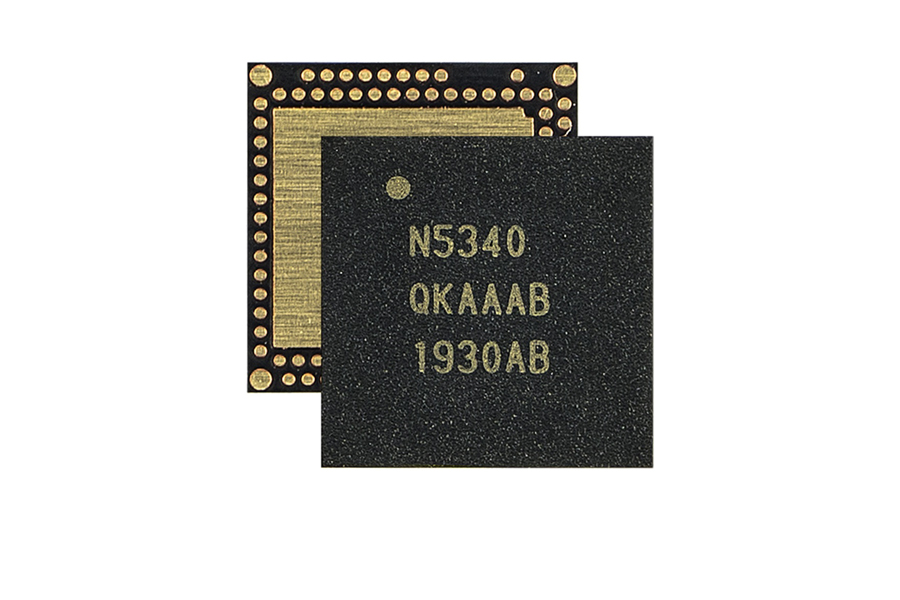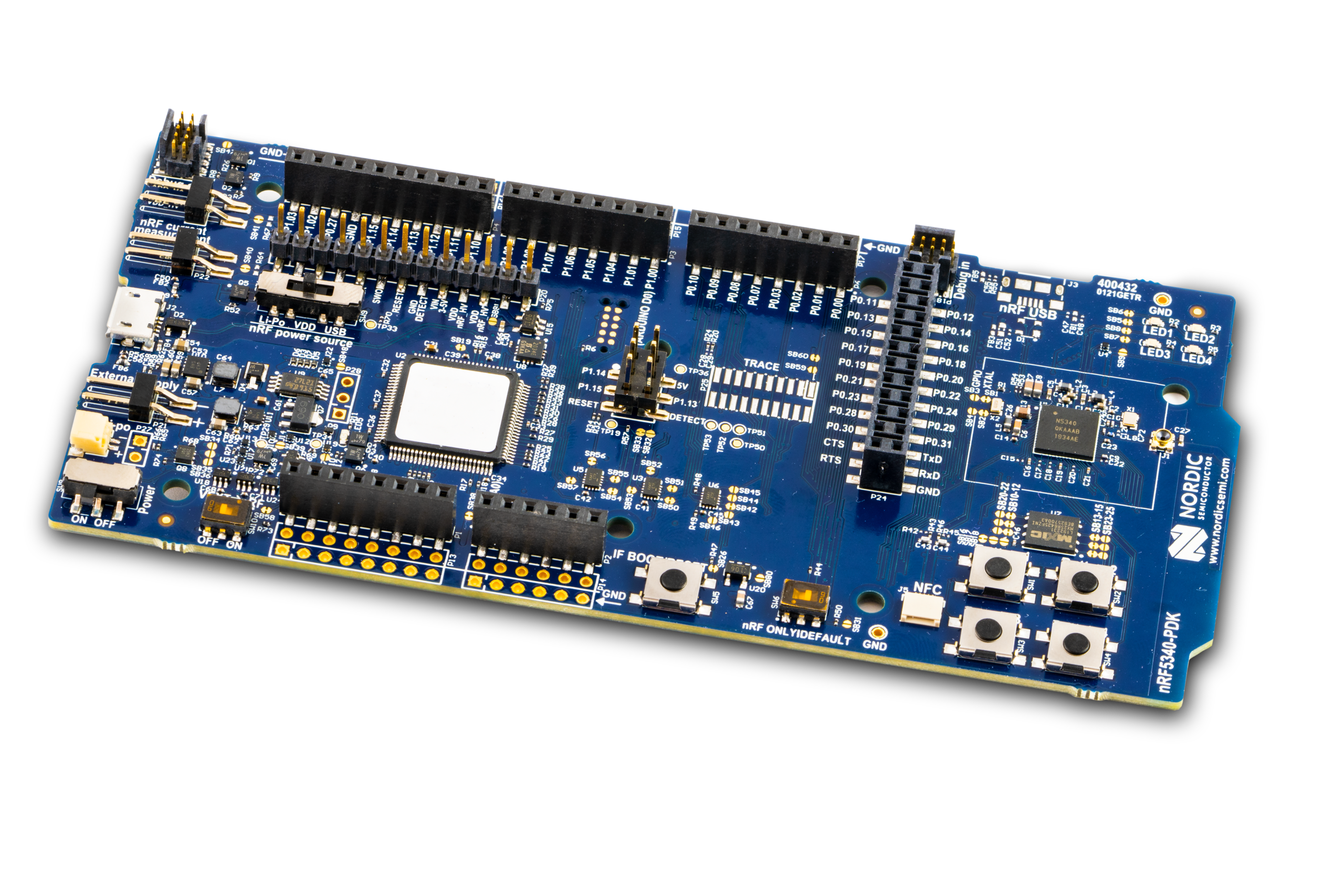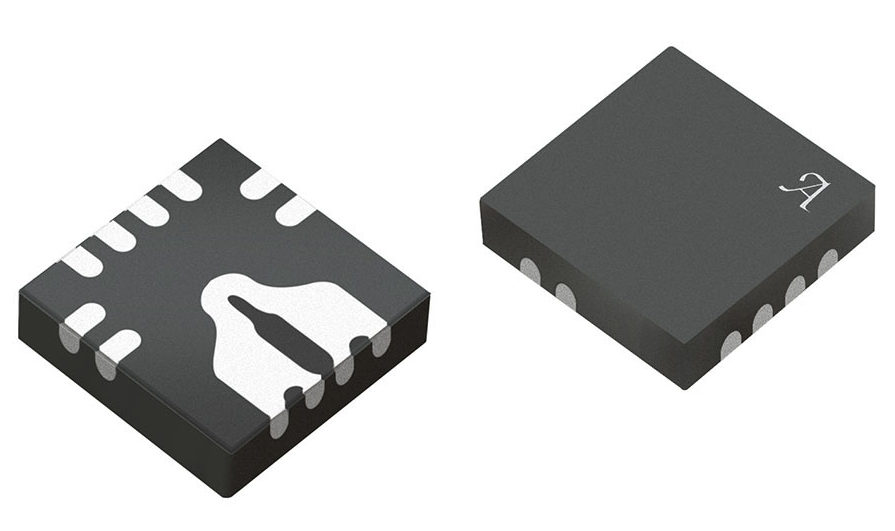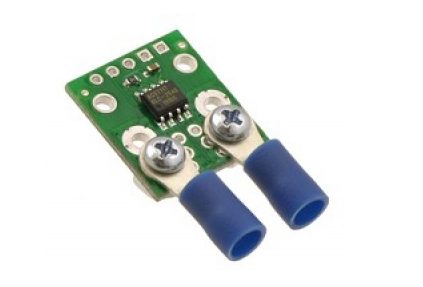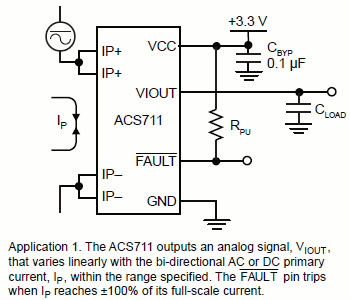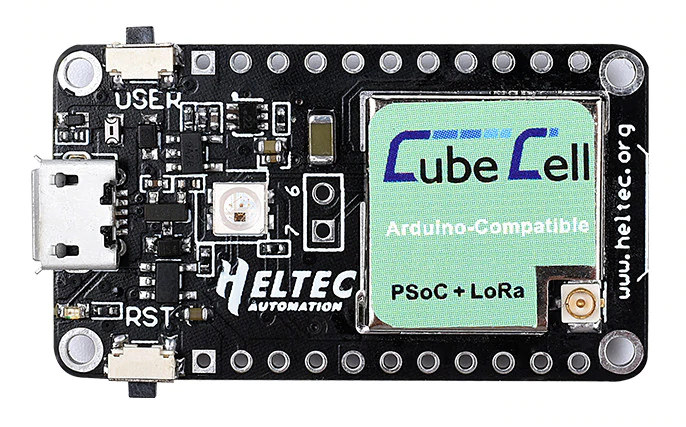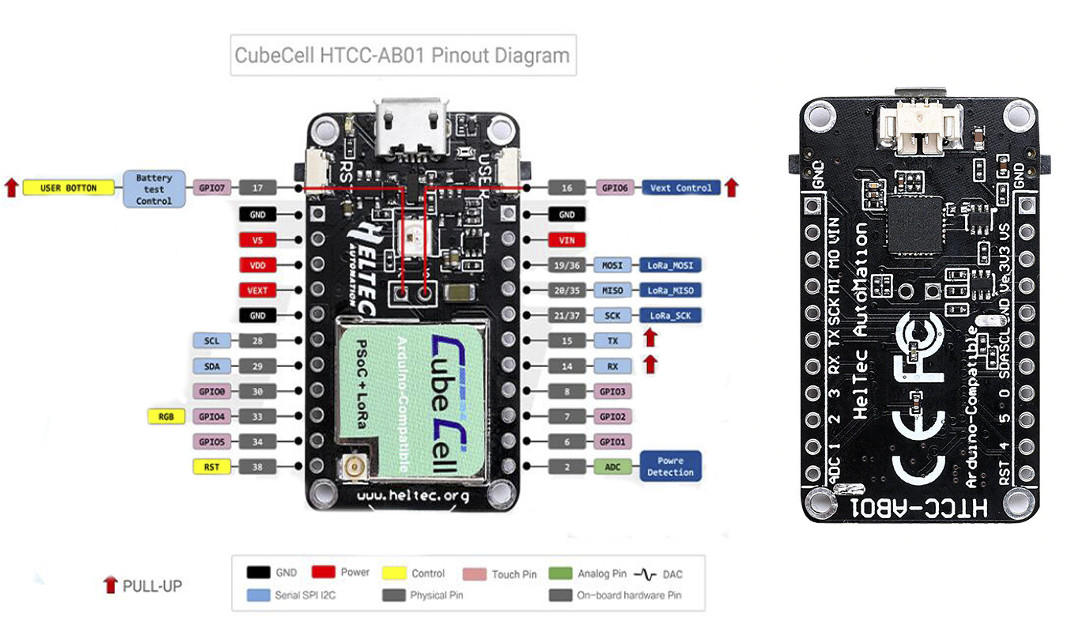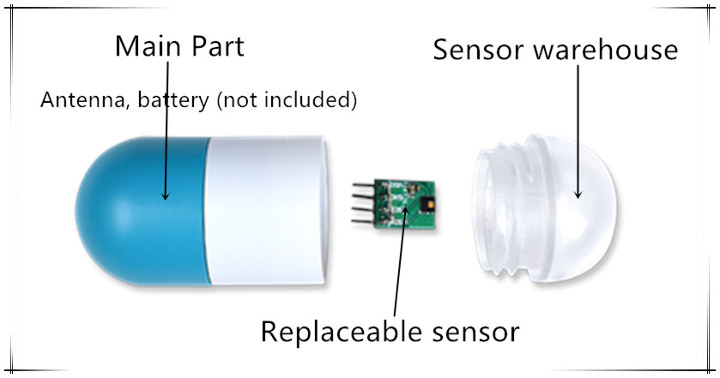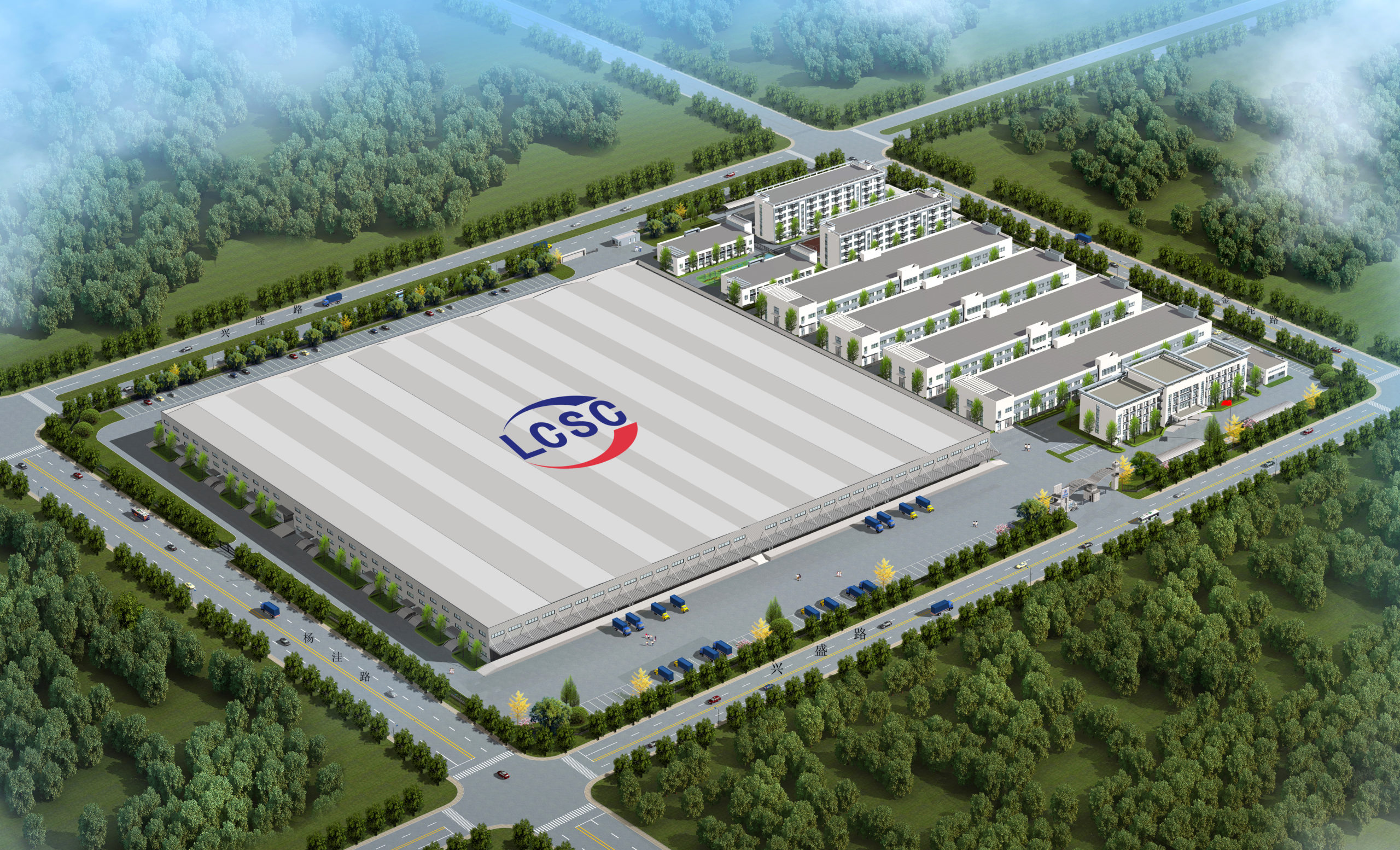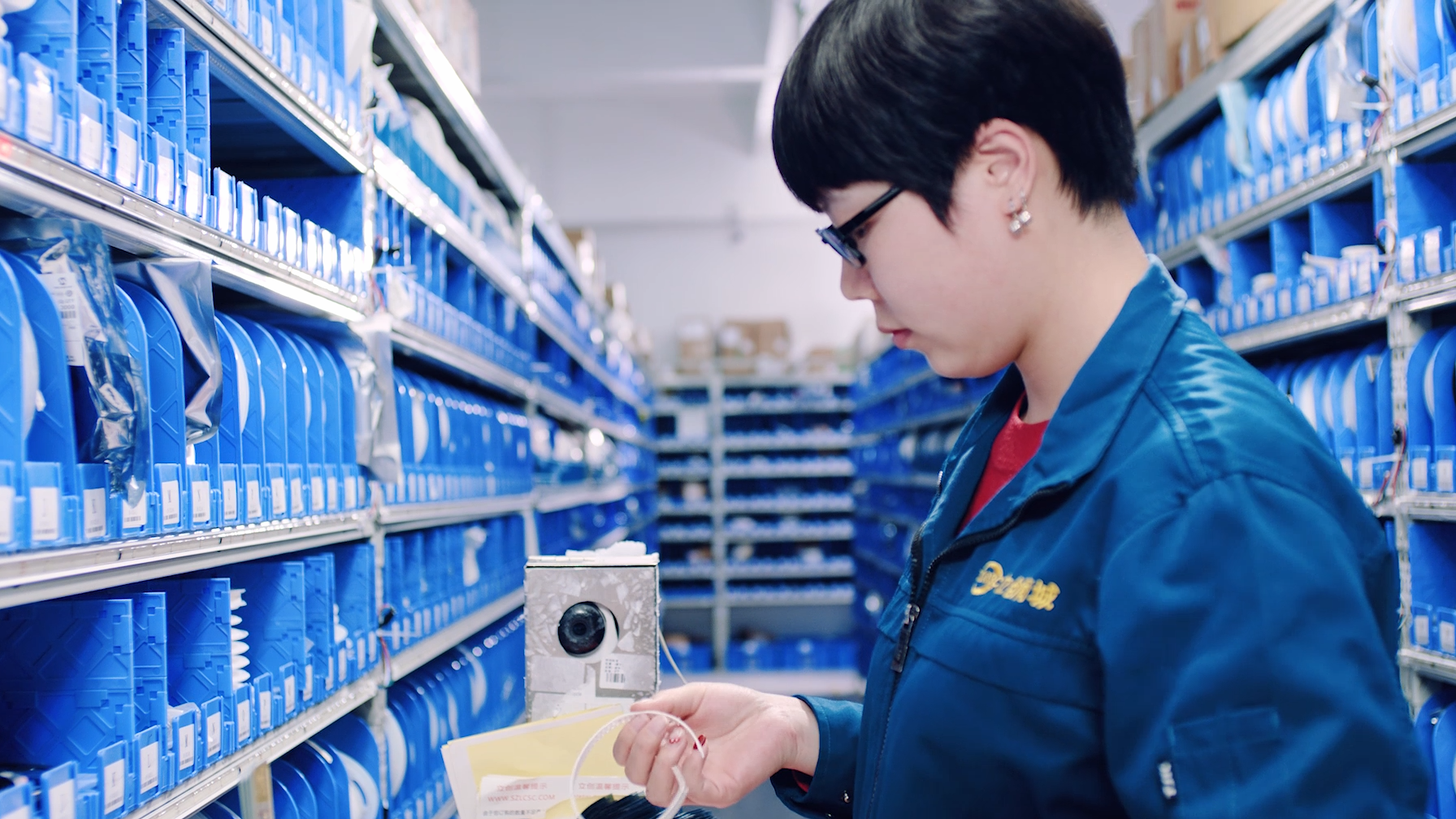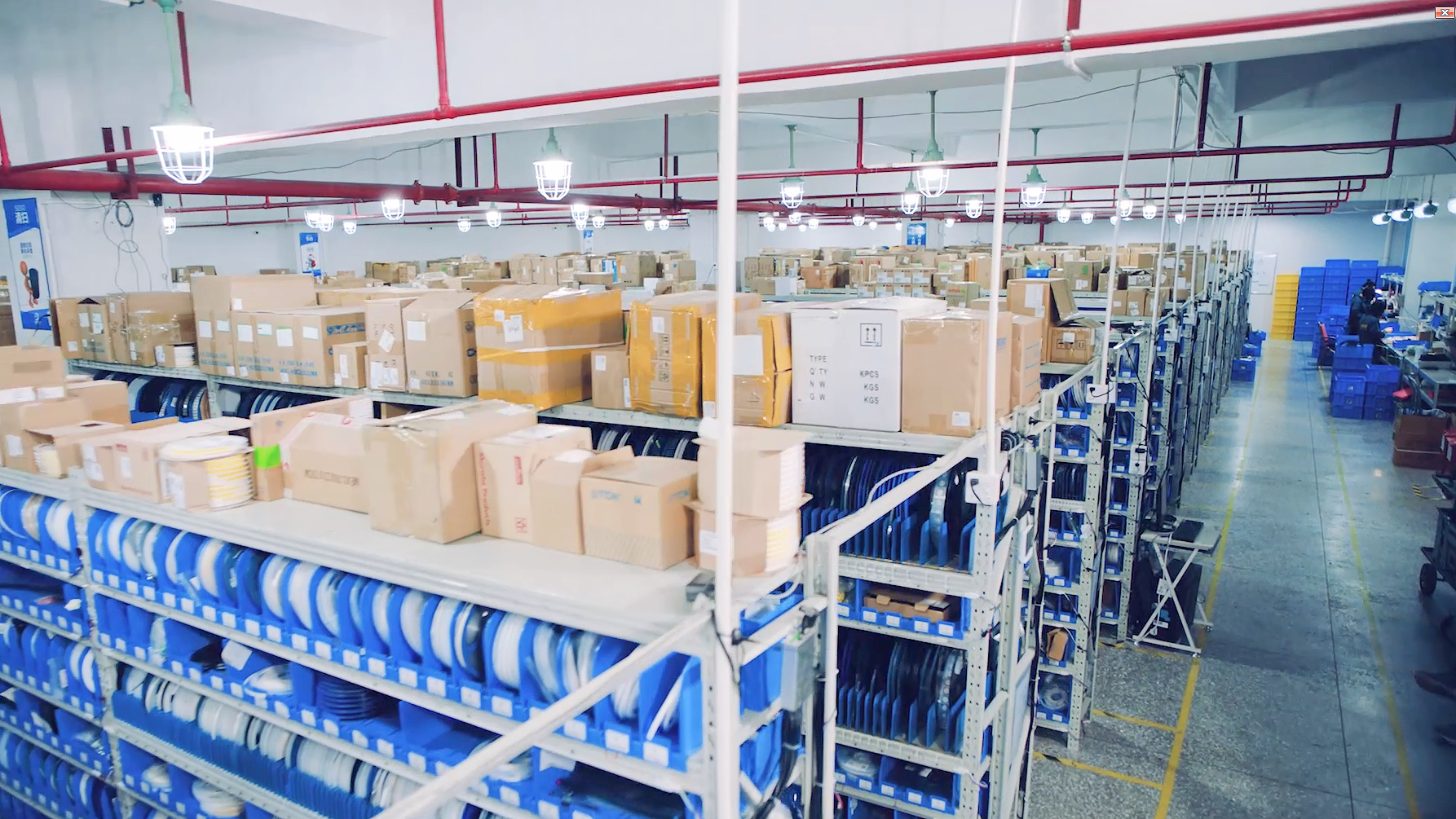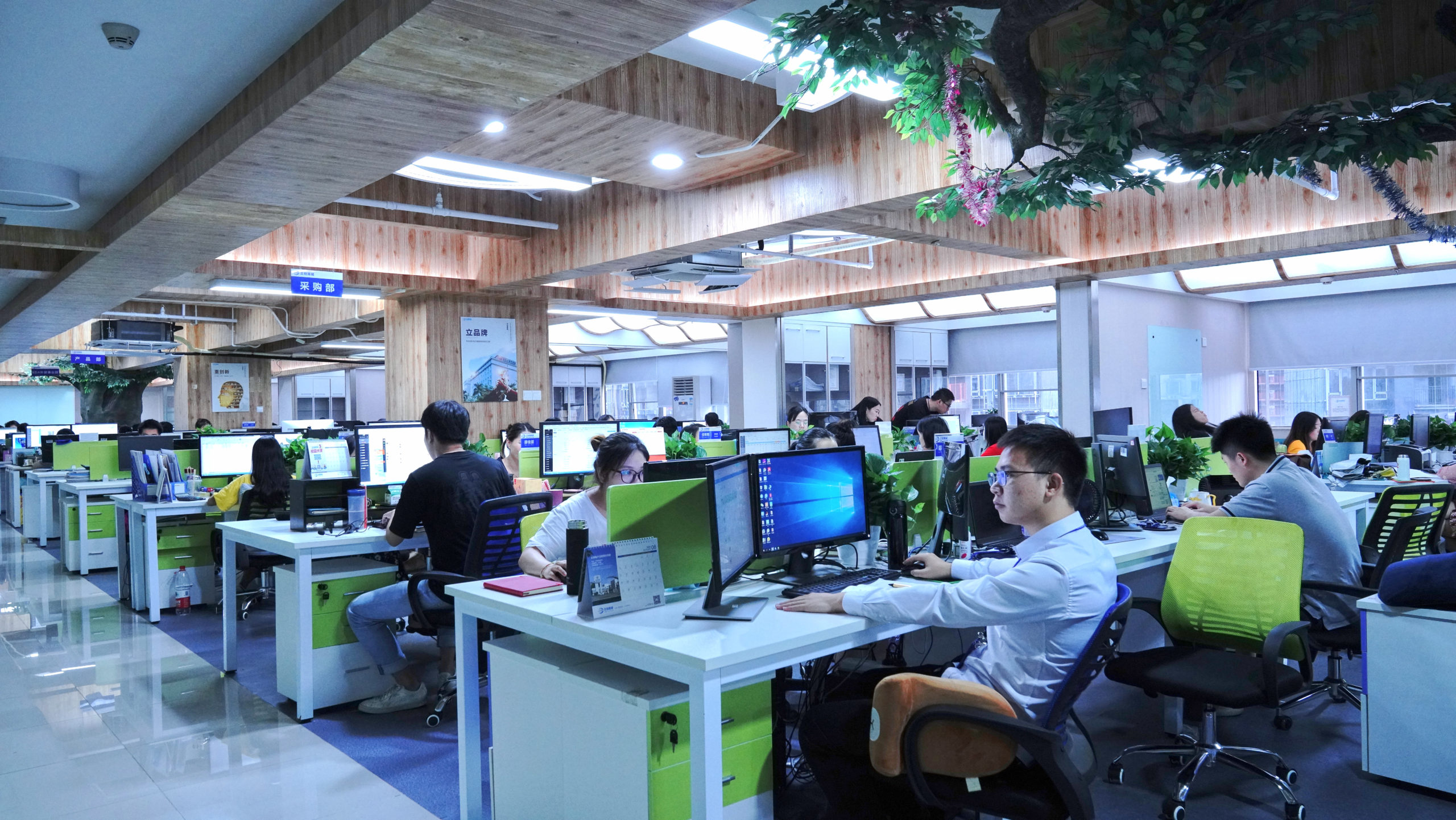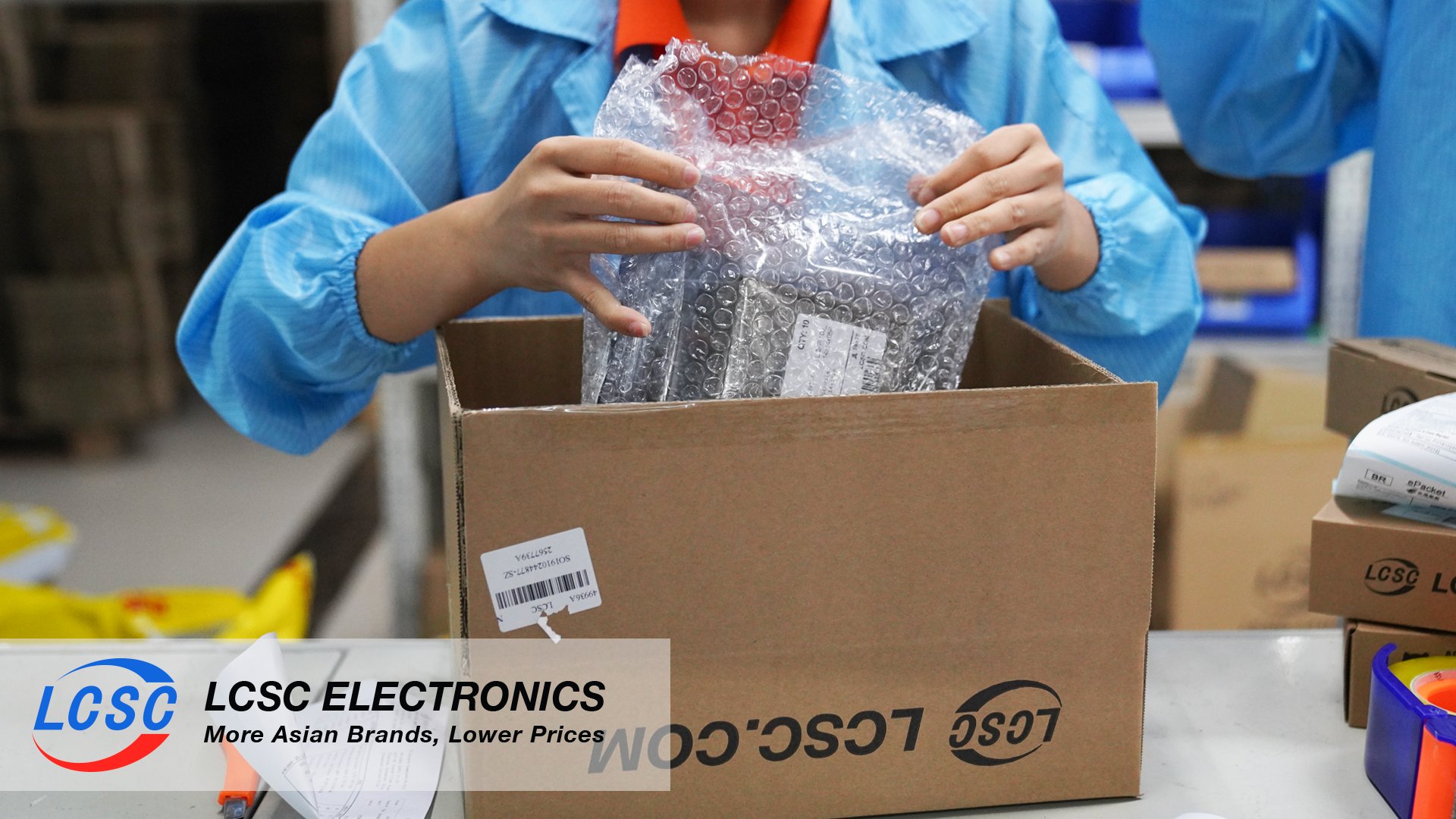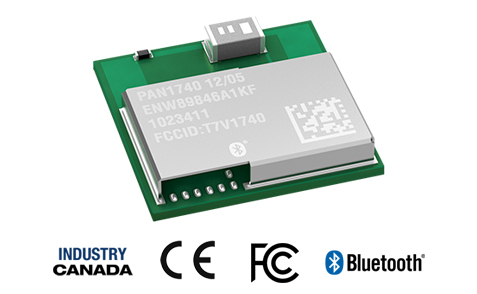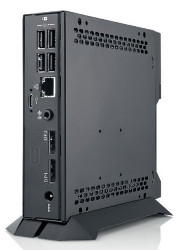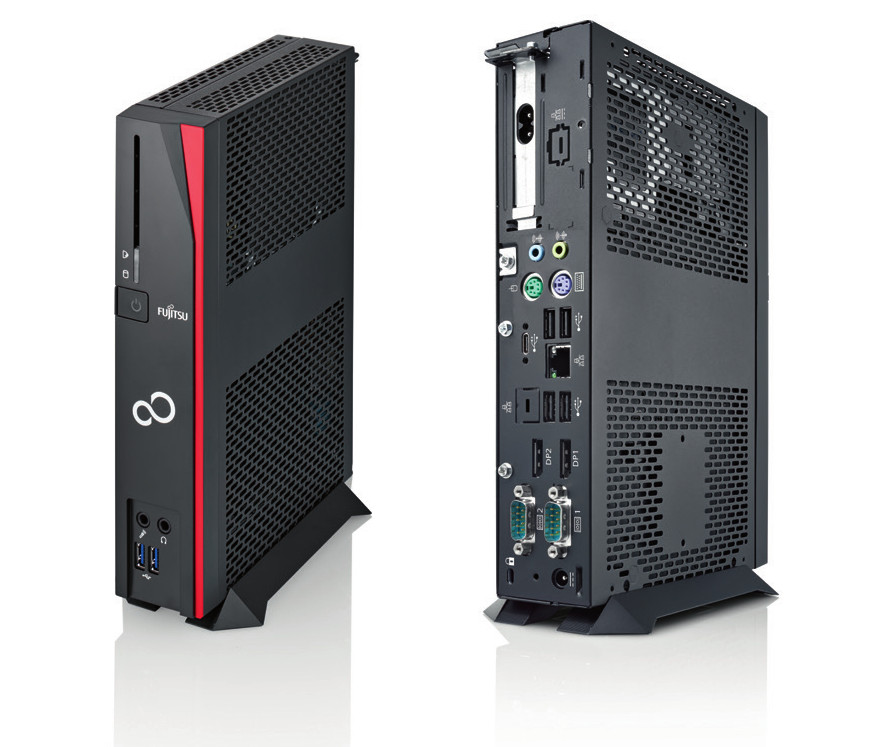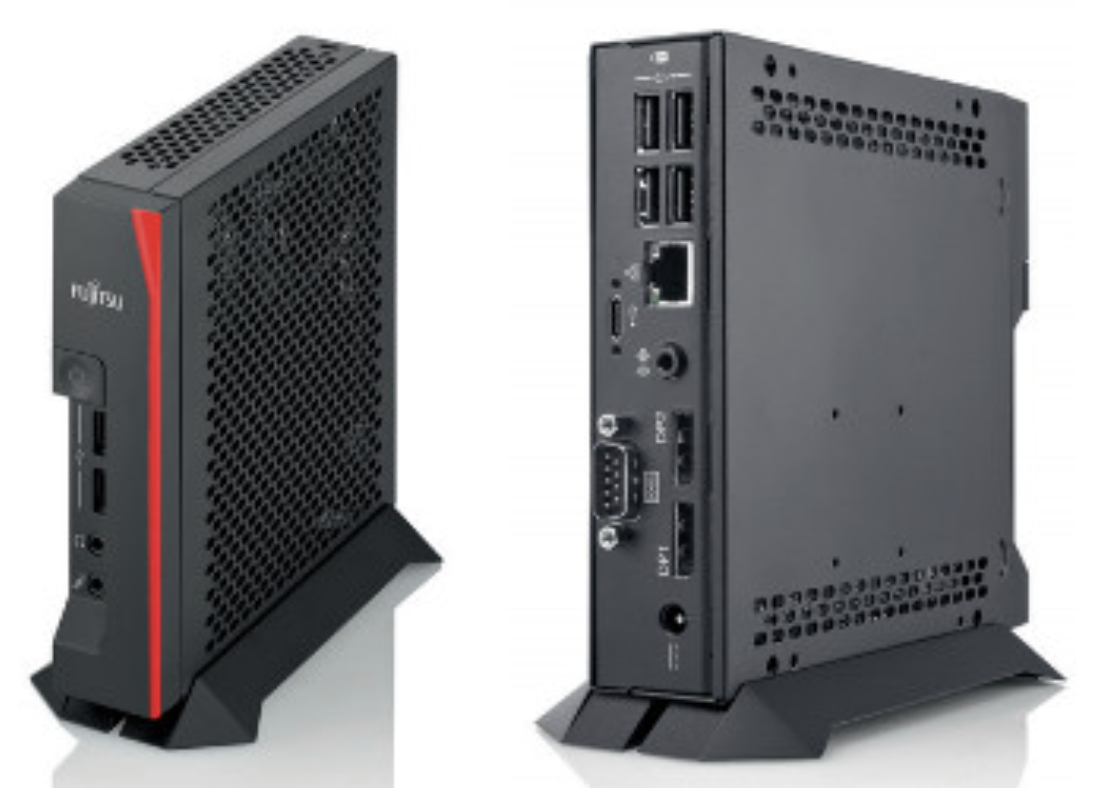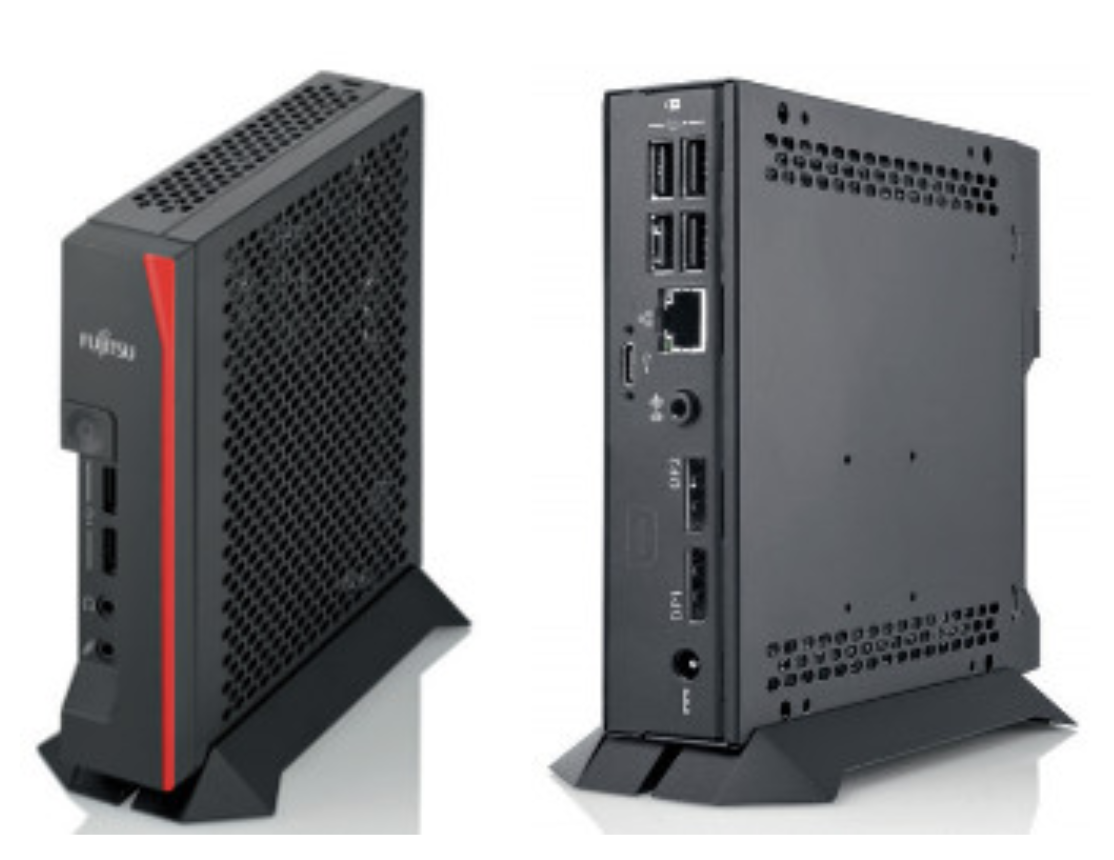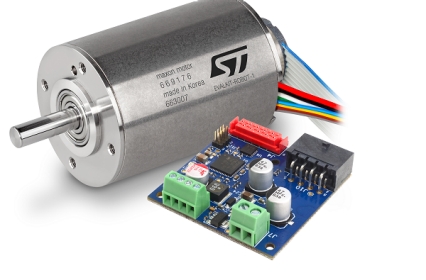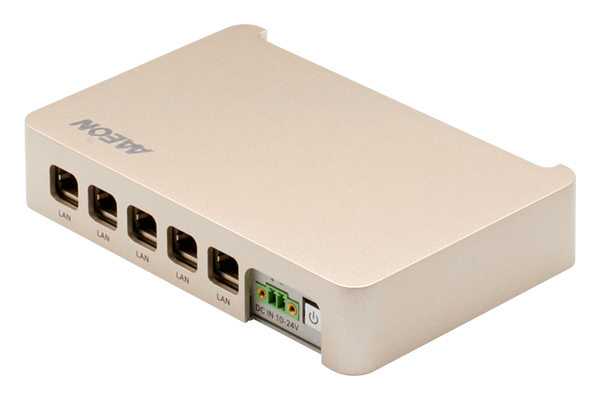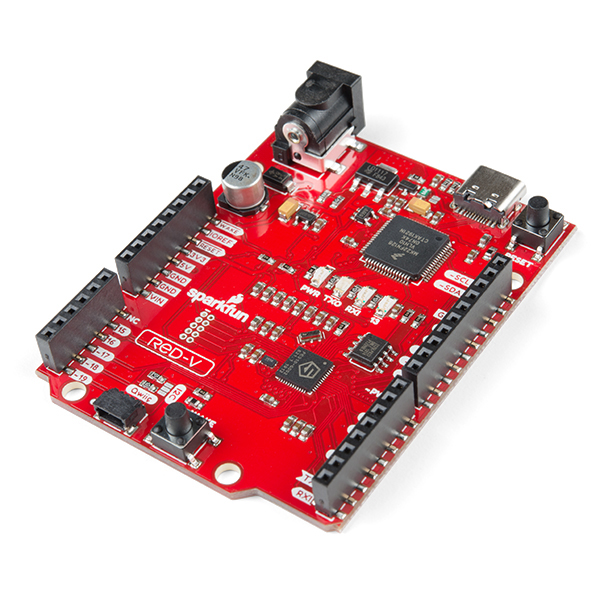nRF5340 – Dual processor System-on-Chip (SoC) supporting Bluetooth 5.1, Bluetooth mesh, NFC, Thread and Zigbee
The nRF5340 is the world’s first wireless SoC with two Arm® Cortex®-M33 processors. It is truly secure, and the combination of two flexible processors, the advanced feature set, and an operating temperature up to 105 °C, make it the ideal choice for professional lighting, advanced wearables, and other complex IoT applications.
The nRF5340 is an all-in-one SoC, including a superset of the most prominent nRF52® Series features. Features like Bluetooth® 5.1, high-speed SPI, QSPI, USB, up to 105 °C operating temperature, and more, are combined with more performance, memory and integration, while minimizing current consumption.
The application processor is optimized for performance and can be clocked at either 128 or 64 MHz, using voltage-frequency scaling. It has 1 MB Flash, 512 KB RAM, a floating-point unit (FPU), an 8 KB 2-way associative cache and DSP instruction capabilities. The network processor is clocked at 64 MHz and is optimized for low power and efficiency (101 CoreMark/mA). It has 256 KB Flash and 64 KB RAM.
The nRF5340 is a truly secure SoC, offering trusted execution, root-of-trust and secure key storage security features. Arm TrustZone provides trusted execution by implementing a division between secure and non-secure Flash, RAM, peripherals and GPIOs. The state-of-the-art Arm CryptoCell-312 provides hardware-accelerated cryptography, and together with the key management unit (KMU) peripheral, root-of-trust and secure key storage are implemented.
Key features
- 128/64 MHz Arm Cortex-M33 application processor with 1 MB Flash & 512 KB RAM
- 64 MHz Arm Cortex-M33 network processor with 256 KB Flash & 64 KB RAM
- Bluetooth 5.1
- Bluetooth mesh
- Thread, Zigbee
- NFC
- Advanced security
- USB, QSPI, HS-SPI
- 105 °C extended operating temperature
- 1.7-5.5 V supply voltage range
The nRF5340 SoC supports an extensive range of wireless protocols. It supports Bluetooth Low Energy, and is capable of all AoA and AoD roles in Bluetooth 5.1 Direction Finding, in addition to all Bluetooth 5 features, including Long Range. Mesh protocols like Bluetooth mesh, Thread and Zigbee can be run concurrently with Bluetooth LE, enabling smartphones to provision, commission, configure and control mesh nodes. NFC, ANT, 802.15.4 and 2.4 GHz proprietary protocols are also supported.
The nRF Connect SDK is the software development kit for the nRF5340 SoC, offering a complete solution that integrates the Zephyr RTOS, protocol stacks, application samples and hardware drivers.
Nordic Semiconductor nRF5340 PDK
The nRF5340 PDK includes an NFC antenna that quickly enables testing of nRF5340 SoC’s NFC-A tag peripheral. A SEGGER J-Link debugger is on the board, enabling full-blown programming and debugging, of both the nR5340 SoC and external targets.
All analog and digital interfaces, and GPIOs are available via connectors. The PDK is Arduino Uno Rev3 hardware compatible, it can be easily interfaced with external device shields, including the Power Profiler Kit.
It can be powered by USB or by an external source, but also includes a CR2032 battery holder and a Li-Po battery connector, for in-field testing. Power consumption can be measured with dedicated power measurement pins.
The nRF Connect SDK is the software development kit for the nRF5340 SoC and has board support for the nRF5340 PDK. It offers a complete solution that integrates the Zephyr RTOS, protocol stacks, application examples and hardware drivers. nRF Connect SDK is publicly hosted on GitHub, offers source code management with Git and has free SEGGER Embedded Studio IDE support.
The nRF5340 PDK is for evaluation purposes only, it is a preview development kit, and will be replaced by the nRF5340 DK.
The box includes an nRF5340 PDK, an NFC antenna and a CR2032 battery.
Key features
- Affordable, versatile preview development kit for nRF5340 SoC
- Arduino Rev3 compatible
- 2.4 GHz and NFC antennas
- SWF RF connector
- SEGGER J-Link OB programmer/debugger
- User-programmable LEDs (4) and buttons (4)
- Pins for measuring power consumption
- 1.7-5.0 V supply from USB, external, Li-Po battery or CR2032 coin cell battery
- nRF5340 SoC
- High performance 128 MHz Arm Cortex-M33 application processor with 1 MB Flash and 256 KB RAM
- Fully programmable, ultra-low power 64 MHz Arm Cortex-M33 network processor with 256 KB Flash and 64 KB RAM
- Bluetooth 5.1 Direction Finding and Long Range
- Thread and Zigbee
- Trusted execution with Arm TrustZone
- Root-of-trust with Arm CryptoCell 312
- 105°C extended operating temperature
The nRF5340 PDK is the preview development kit for the nRF5340 SoC, and has everything needed for development on a single board.


